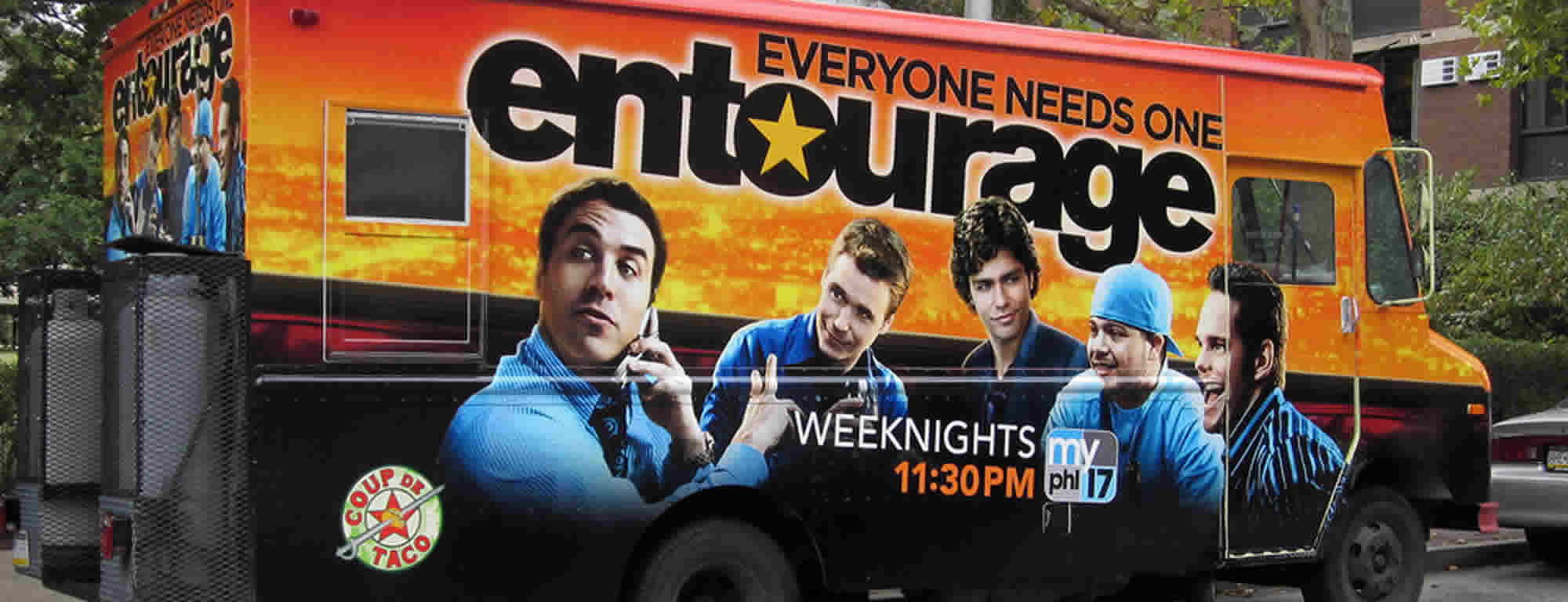How many of your prospects looked at your direct-mail postcard ? How many of your prospects enjoyed receiving your postcard in their mailbox?
By mailbox, I mean that place where your paper checks arrive. The same place where family and friends still send postcards. According to a Gallup Poll, it’s also the place where, “95% of adults between 18 and 29 feel positively about receiving personal mail.“1
Direct mail is effective at demonstrating the authenticity of your brand in print media. While the same can’t really be said about phone book listings, the sign in front of your building speaks volumes. When a Google Street viewer sees your building and your sign out front, the authenticity of your Facebook presence becomes more trustworthy.
YouTube “bumper ads2” promoting your brand demonstrates your commitment to spending money to attract mind share in competitive industries. AdWords advertising creates a similar impression in the minds of local customers. Local customers may see your store sign. Others may search online first. Still others may consider your brand over another based on your marketing brand or presence in their preferred social network eg; Facebook, Twitter, Google Plus etc. Review websites and local directories create value even if controlling the costs are difficult. Google Local is an excellent way to attract low-cost targeted traffic in support of your organic search results. “Organic” or so-called, “free” search results remain the main drivers of traffic to your website but the writing, editing and management never ends.
All of these methods cost money and contribute to your lead generation. When used in combination with each other an “entourage effect” may be achieved. This is the additional sales you experience when a prospect sees your brand in multiple locations and mediums. From direct mail to search engine results, something else happens when they are all used.
Business owners experience this in unexpected ways. Let’s use a greatly simplified example. Let’s say you’re spending money on Facebook ads, Google AdWords and a monthly email to subscribers costing you $500 per month. You decide to lower the budget by dropping the lowest performing campaign. You might expect for example, a 1/3 drop in traffic yet something else happens.
Instead of losing 30% of your traffic, you lose 50% of your traffic. A week later that predicted outcome no longer correlates with past performance. “Why? Why? Why?,” you ask!
One simple answer is the loss of a special type of visitor. This special visitor, a Millennial, Gen-X or Gen-Yer, who will not make a decision unless they see your brand in multiple locations and mediums first. It’s less authentic if they don’t see your brand in an online search and a Facebook ad for example. Making sure you have an effective data attribution model can solve this problem and better prepare you to make accurate decisions regarding your marketing budget.
Sidebar: What are the primary generations today?
Currently, five generations make up our society. Each of those five generations has an active role in the marketplace. Depending on the specific workplace, the workforce includes four to five generations. Here are the birth years for each generation3:
- Gen Z, iGen, or Centennials: Born 1996 and later
- Millennials or Gen Y: Born 1977 to 1995
- Generation X: Born 1965 to 1976
- Baby Boomers: Born 1946 to 1964
- Traditionalists or Silent Generation: Born 1945 and before
The Good News
Losing traffic to the entourage effect can be regained. It can also be measured through a more comprehensive attribution model. However, the software for creating these models and the skills needed to setup the software can be expensive. Local small business owners (SMBs) may not be able to afford software like, Analytics 360. That’s where we can help with a smarter setup aided by Google’s Artificial Ad Intelligence.
By doing a little more work before and during the campaign, your reports can show not just where your visitors are coming from but also the various channels and paths they used to get to your final goal completions. This includes offline promotions like direct mail.
Google puts it this way, “In a mobile and multi-screen world, outdated measurement practices lead marketers astray. Despite the emergence of new marketing measurement best-practices — namely advanced attribution — some organizations still prefer to live with the “good enough” measurements of the status quo.4”
In another white paper created by Forrester Research, Google says, “Attribution’s sophisticated, algorithmic measurement model provides a holistic view of the customer journey. Despite well-recognized benefits, many organizations are lagging behind in adopting this data-driven measurement best practice.5“
Because your cross-channel marketing strategy spans a wide range of online and offline channels. We use our own attribution modeling to measure the Entourage Effect. We help your business stay authentic and measure your return on investment by considering your traffic across all mediums.
Sources:
1Frank Newport and Steve Ander, “Four in 10 Americans Look Forward to Checking Mail,” Gallup, April 2, 2015. Copyright © (2015) Gallup, Inc. All rights reserved. The content is used with permission; however, Gallup retains all rights of republication.
2Success in Six: 4 Best Practices for Building Impactful YouTube Bumper Ads
3Generational Breakdown: Info About All of the Generations
410 Tactics for Attribution Management – Download White paper

